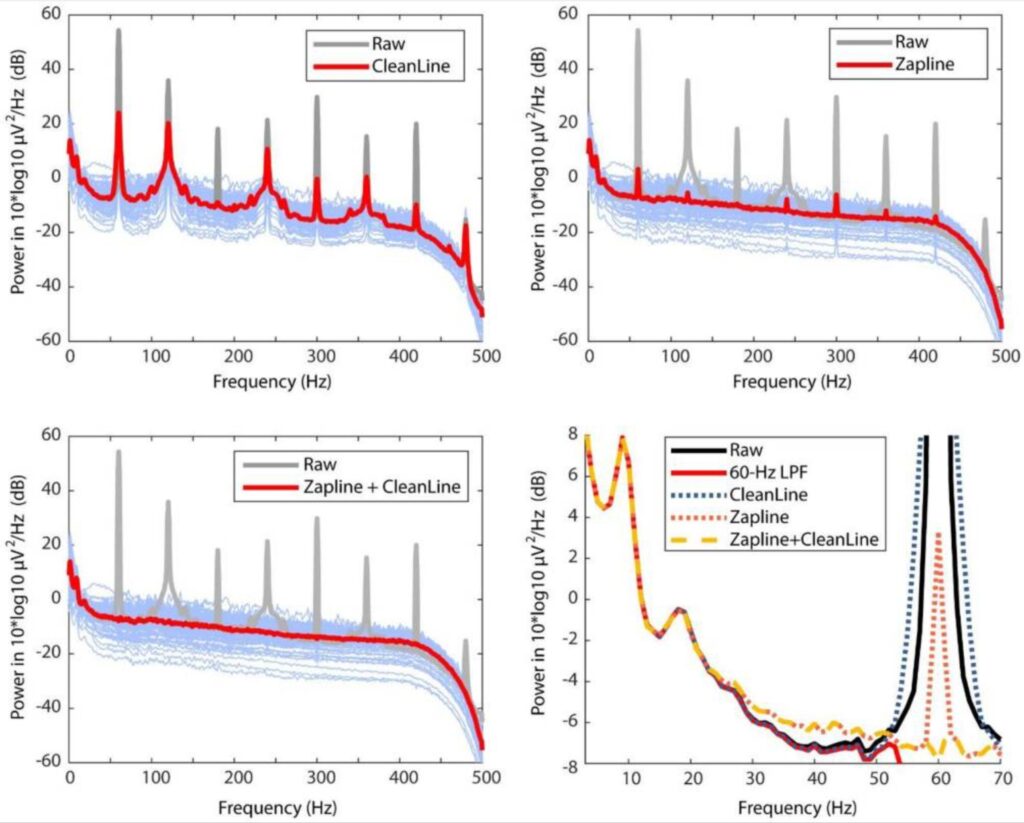This short technical paper was originally written to an opinion paper to ZapLine paper.
https://www.sciencedirect.com/science/article/pii/S1053811919309474
Therefore, the title makes sense only in that context. However, because the submission was rejected, now it does not make much sense. One of the coauthors pointed it out to me only after publishing the paper.
Journal page
https://www.ncbi.nlm.nih.gov/pmc/articles/PMC7873913/
The point of this paper is that even though ZapLine is an amazing line-noise reduction solution by itself, as the original author called it ‘quasi-perfect’ in the highlight points, there is actually an easy way to improve the performance. That is, to apply CleanLine after ZapLine. Why can I predict it? It is because ZapLine is a spatial filter method, while CleanLine is a non-stationary method in the time domain.

One of the reviewers said this is not worth a paper because there is no novel finding or development. Yes, it has a good point. But at the same time I believe that sharing this idea supported by an insight and evidence is also an important part of scientific communication.
By the way, the original author of ZapLine, Alain de Cheveigné kindly helped me to write this paper, although I was teasing his phrase ‘quasi perfect’ in the manuscript. I deeply appreciate his generousity!
